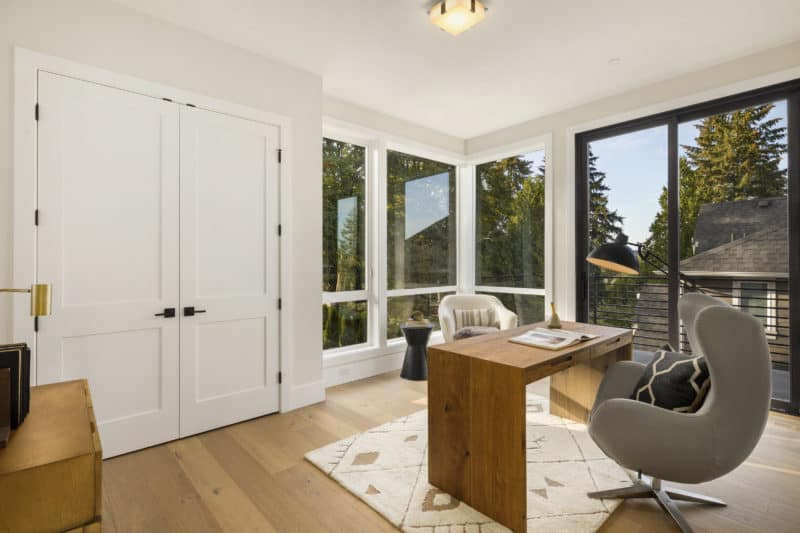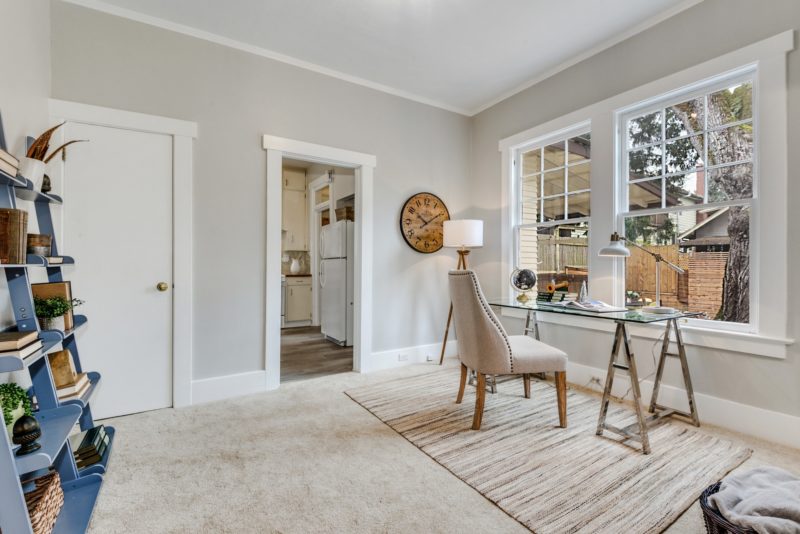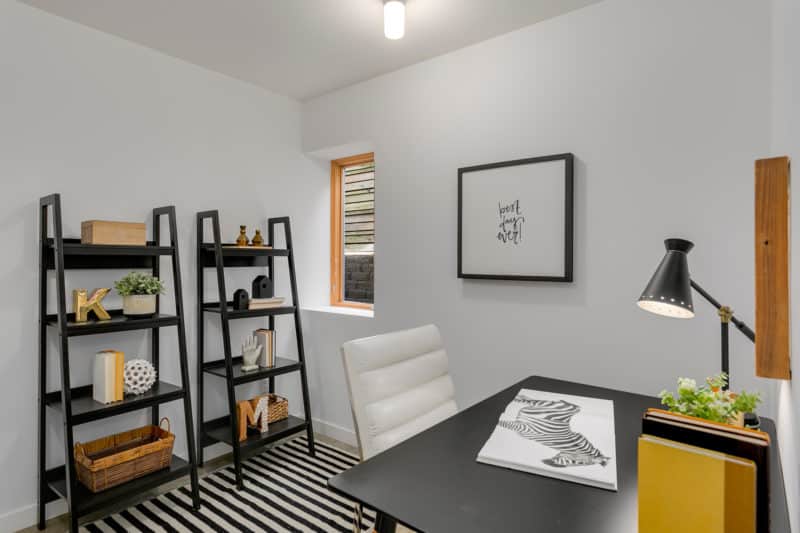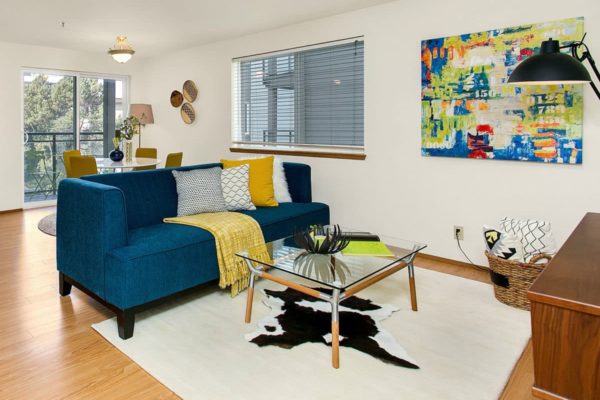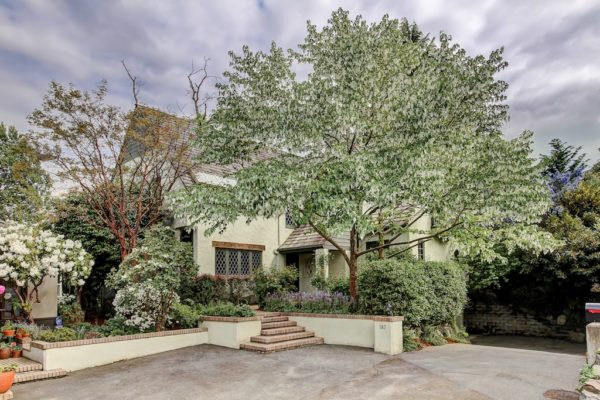For a growing number of American workers, home isn’t just where the heart is. It’s where the office is as well. Prior to setting up your home office, take time to assess how you’ll use it and what requirements it must fulfill. Will this be your primary workspace, or will it serve a secondary role? Is it a permanent location, or a temporary setup? Each small business is unique, and the best home offices are designed with specific business needs in mind.
Pick a Location
Look around your living area and figure out where the best place is to put your home office. NYTimes contributor Ronda Kaysen strongly recommends setting up in front of a window, so you won’t feel like a trapped prisoner in a medieval dungeon.
If you live in a studio apartment in the city, with a small amount of free space, setting up a place to work is just as important. You don’t need much space, but it should be an uninterrupted area where work gets done.
If you have a house in the suburbs, the odds are you’ll have more space for a home office. There are often spare bedrooms, finished basements, or attics to choose from. But still, it’s important that you choose the right space. If you don’t separate your workspace from your living space, it can lead to distraction and disorganization.
Determine your Needs
Once you’ve chosen a location, you have to decide what it is that you need in order to work. For some people, it’s as simple as having a computer, table and chair, power, and an internet connection. Tech writer James Gonzales highlights the importance of a stable internet connection, so you’ll have to decide between a wired and a wireless network for your devices. Wired networks tend to be more secure, but can be limiting for devices that don’t have Ethernet ports. This is why most home offices lean on wireless networks that allow you to connect different devices. These often include a smart home device, which can serve as a helpful assistant during your work hours too.
Develop a Plan
This step involves thinking about everything you want to put in your home office, how much space it’ll take up, where your equipment is going to go, what’s going to power up everything, and where the storage space will be.
After picking a location and determining your needs, it’s a good idea to have a design professional help you come up with a plan. There are several options for interior design services available in the U.S. today that you can consider, with offerings ranging from space planning, comprehensive interior design, interior styling, and more.
Once you have a plan, you can do the cost calculations of your home office, factoring in not only the equipment, but also professional services from an electrician and IT contractor.
Create a Healthy Environment
If you’re working at home on your own, it’s your job to take care of yourself and make sure you don’t end up with eyestrain or back pain. Make sure your home office is set up in an ergonomic way, and think of it as an investment for your overall wellbeing. Shape features tips on how to set up the best home office ergonomically that will help rid you of an aching body.
Define a Place for Who You Are
When you work in a corporate office, furniture, paint and decor is decided for you. But when you’re working at home, it’s your privilege and right to create an environment that makes you happy. If art relaxes you, fill your space with pictures. If you love plants, create a mini jungle to work in. Anything that helps you work and be productive is acceptable. Embrace it!
Written by Alyana Kathleen Campbell – Edited by Ashley Pasquale
Exclusive for seattlestagedtosell.com
Feel free to share this post:

